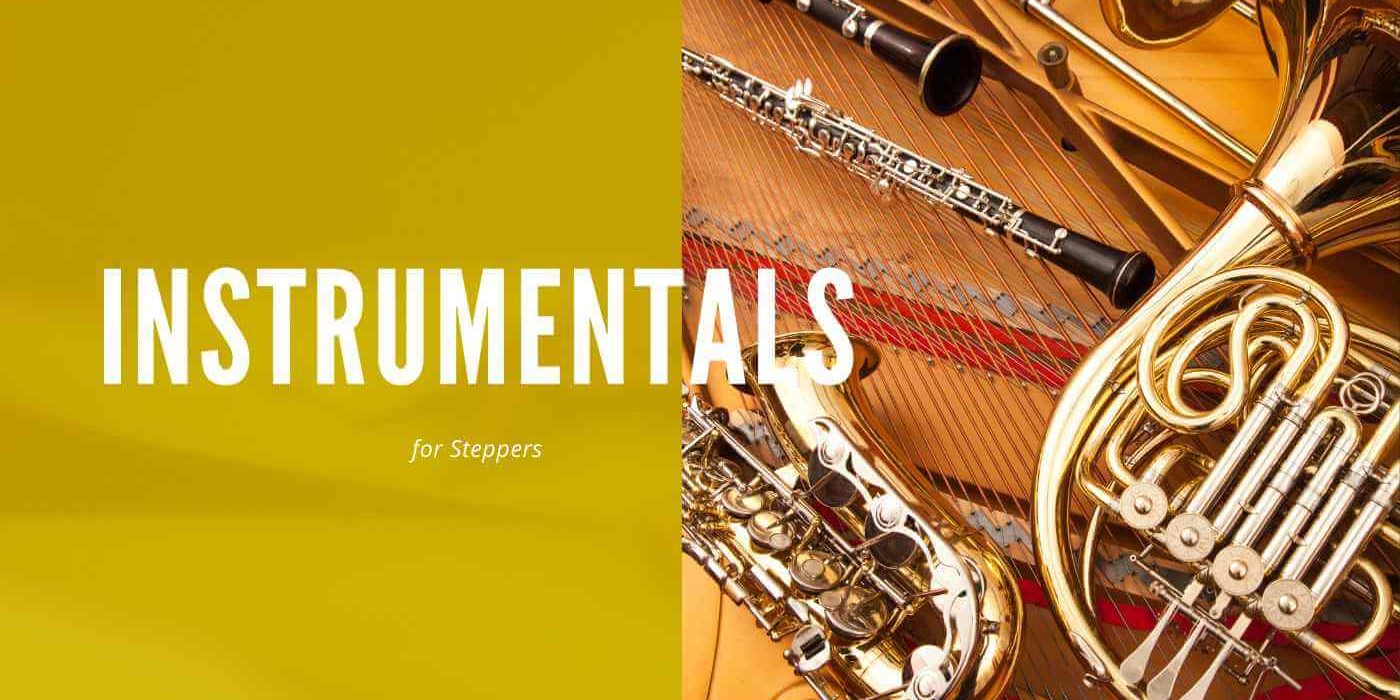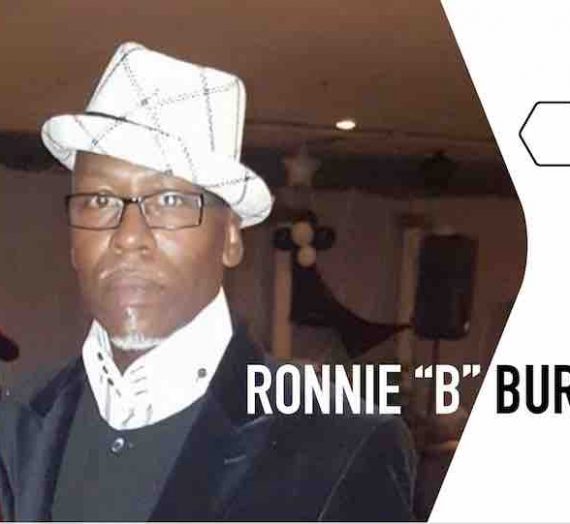Stepping revived my youthful love for instrumentals. I love to play around with the musicality of songs. When I hear an instrumental on the stepper set, I am out of my seat, ready to dance. I played the piano for several years, and instrumentals always take me back in time. The stepper set is the modern-day setting for me to hear instrumental music today, but I don’t hear them often enough. They seem to have a much shorter shelf life than ordinary songs and disappear from frequent airplay within a year.
Playing an Instrument
I believe people who learn to play an instrument have a different ear for music. When I watched Quin Porter stepping at Ellery’s in Atlanta a few times, and I saw how he moved his feet, I thought, “Hmm.” When he admitted that he played the drums, I said, “Ah ha! You listen to the drums, and that’s what I see in your feet.” I have talked to a few steppers over the years, and I always argue whether or not experience playing a musical instrument can make a difference to the learning curve for someone to learn to step. I see how understanding the instruments in a song contributes to musicality and can bring footwork and creativity to life – especially when there are no lyrics and you know what you are listening. What do you listen for in between beats?
The Musicality Challenge
During the COVID pandemic, Charnice Simmons challenged me to focus on musicality and learning to listen to music.
“Musicality in dance might be considered a measure or degree to which a dancer is receptive and creative in his or her translation or rendering of music through movement.” – Dance Advantage
Charnice gave me the best advice: “You need to listen to more music because you ain’t heard shit.” I learned to tame my side eye whenever she watched me dance and asked me, “What are you listening to? I don’t hear it.” She would tell me to pick out one instrument and dance to only that instrument. I struggled to hear just one part of a song and wanted to dance to everything simultaneously – the words and every instrument.
I started looking for old and new music that I had not heard before. And I began to pay attention to the instruments more than the lyrics in the songs I loved to sing. I started listening to more instrumentals that I picked up and Shazammed on the stepper set. Music without words made me focus on everything between the words, and I began to hear what made me want to move my feet and dance. In all the music out there, instruments – horns, drums, snares, guitar, bass, and others– create so much opportunity for a stepper to dance. Practicing listening in between the words eventually released my footwork and creativity tremendously. After many songs and practice, listening to the instruments and sounds between the beats became second nature and a habit for me. Check out Footwork James, killing it to instrumentals.
Instrumentals on the Stepper Set
DJs have played most of the instrumentals I hear on the stepper set for a long time. They are mostly older songs. You can listen to more instrumentals at Old School stepper sets than at the younger New School places. I believe instrumentals leave more room for song interpretation without words. This idea is depicted when the Original Steppers dance to Man on Man. You can watch and see how different people with different styles celebrate, characterize, and bring life and meaning to the same song. This part is what I love about Stepping.
Pantomime and Its Significance to Stepping
A magical principle of Stepping is to bring to life in dance in your own way what a song means to you while staying on beat. Different songs mean different things to different people … because of life experiences. When I sit and people watch on the stepper set, I feel like it’s a dynamic pantomime fantasy. Pantomime is “the art or technique of conveying emotions, actions, feelings, etc., by gestures without speech.” I think the people you see at the Lip Sync Battles get this. Pantomime brings to life the lyrics AND the music. I think it may be easier for some steppers to connect to lyrics because the words of a song have meaning that is plain and clear and tells the story. On the other hand, what you hear in the background leaves room for interpretation if you must listen to it all alone without the words.
Listening to Instrumentals
At some point In your journey of learning Stepping, take some time to practice and dance to instrumentals for musicality’s sake. Before focusing on footwork, be very comfortable with your basics and fundamentals of Stepping. I hope never to be an “Eggeronner.” Styling and footwork should be layered on a solid foundation for every stepper. For those who are ready for it, having an ear for instruments can help you have sharper discernment to pick a single instrument to move to and play out what is heard in footwork and how they move. Here are some of my favorite instrumentals that I hear on the set that should be a part of any Stepper’s music collection. Happy dancing!
BONUS: Philly’s Groove – Unknown. We hear it on the set all the time.
Thank you for the musical references and tips: Larry Cross, Ramon “Earthquake” Darnell, LC Henderson
Subscribe to Chicago Stepping News by eMail from Sonji

Welcome! I am the writer Sonji Stewart. These are my travel stories about my Chicago Stepping experiences, traveling from city to city to dance. I hope my stories encourage you to join me in the adventure.
Get the latest blog post by email because every stepper should be on this email list.
By clicking submit, you accept our terms & conditions. We do not share or sell your personal information.




